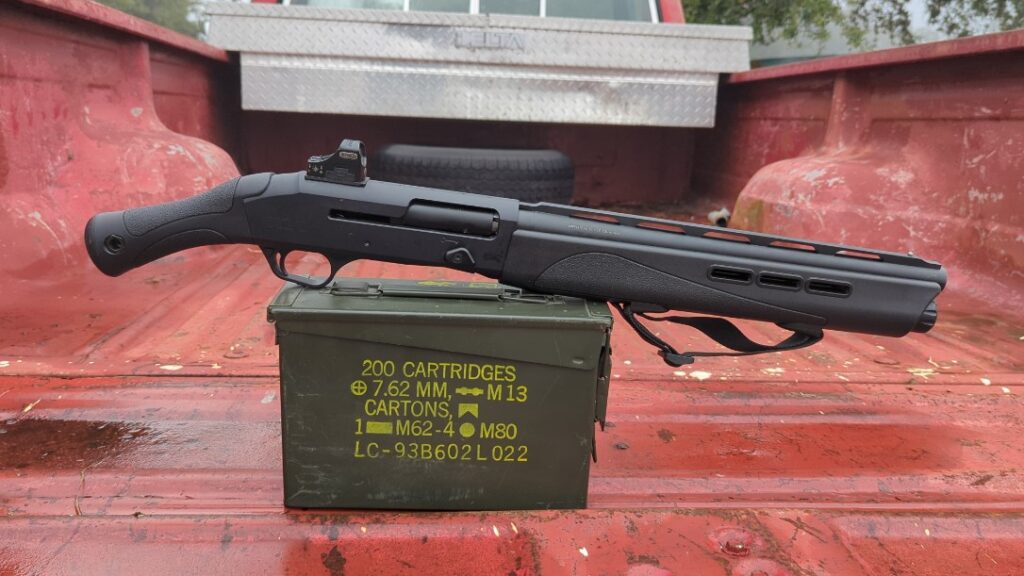The Japanese military in World War II fielded a variety of interesting weapons. Most military forces in this massive war produced some interesting designs while relying on guns from the war before. What was different about the Japanese military was that their firearms’ design didn’t do much to advance firearms design, but Japan was creative.
Let’s look at the rare, weird, and awesome guns of Japan in World War II
The Japanese Garand
The American military was the only one to field a semi-automatic main rifle in World War II. Everyone else was playing catch-up. Imagine being a Japanese soldier fiddling with the bolt of your Arisaka when a Marine with a Garand unloads a half dozen .30-06 into your chest. The Japanese forces wanted a semi-automatic rifle.
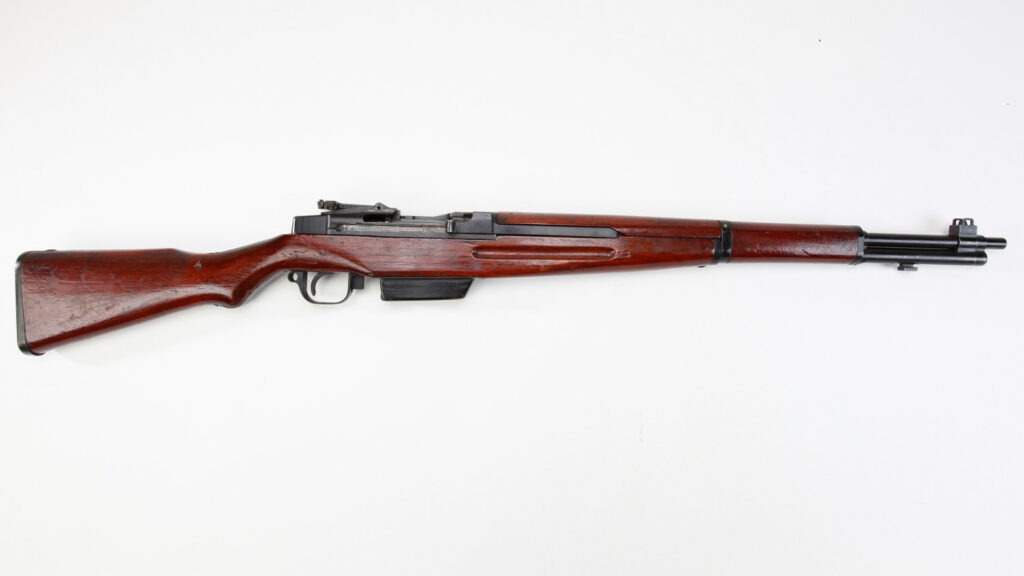
Advertisement — Continue Reading Below
They decided to copy the M1 Garand in the form of the Type 4 rifle. The Japanese Garand chambered a 7.7x58mm Arisaka cartridge and fed from a fixed ten-round magazine. Instead of En-Bloc clips, the Japanese soldier would use two five-round stripper clips to load the gun.
The Type 4 kept the long-stroke gas piston design, and it looks like someone described an M1 Garand from memory. Japan lost before the rifle could be fielded, and very few existed, with numbers ranging from 125 to 250 examples.
The Type 2 TERA Rifle
World War II saw the mass use of airborne troops. Paratroopers became a force in every major military. The United States even had ParaMarines. The Japanese had their own paratroopers and ran into the same problems all paratroopers run into: How do I jump with all my gear? Rifles were a lot bigger, so the Japanese solution was the TERA rifles, the weirdest one being the Type 2.
Advertisement — Continue Reading Below

The Type 2 TERA rifle is a takedown rifle. Specifically, a bolt-action takedown rifle. The barrel separated from the receiver. The barrel and receiver were held together by a tapered wedge. Paratroopers used a folding wire ring to tighten the wedge lock. This allowed the rifle to be taken down fairly quickly and put back together fairly quickly.
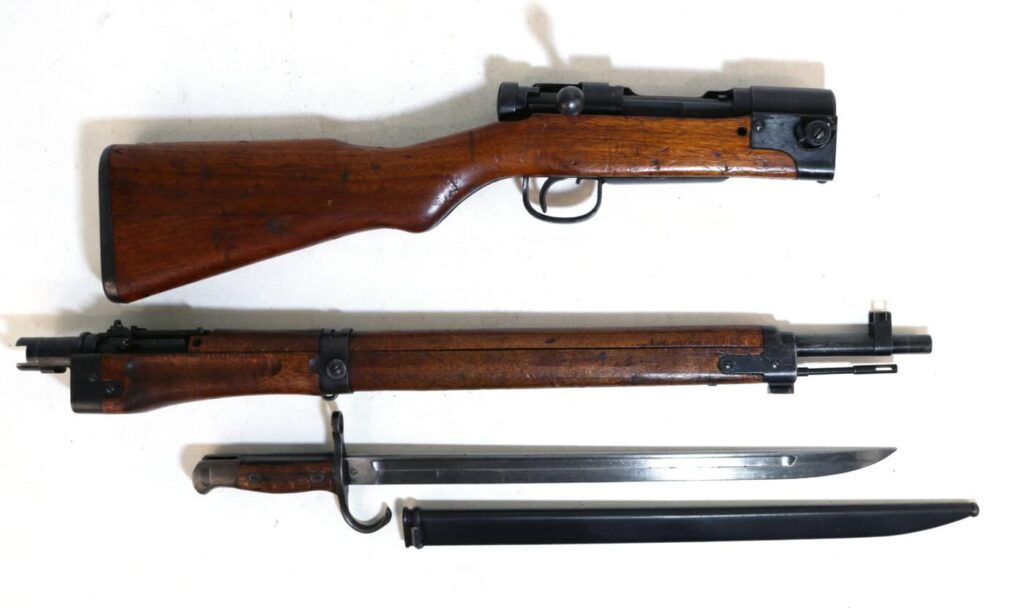
Advertisement — Continue Reading Below
The Type 2 would be kept in two-leg bags, split in half. The Japanese military experimented with folding bolts and bayonets, but drew the line there. These rifles were fielded, and about 19,000 were produced.
The Type 26 Revolver
Technically, this wasn’t a WWII design but was fielded during WWII since Japan needed handguns. The Type 26 replaced the No. 3 Russian. The Type 26 was an oddball. It was a mix of design influences from around the world. The double-action lockwork was French-inspired, and the hinged frame was S&W-inspired. It had a dose of weird Japanese influence.
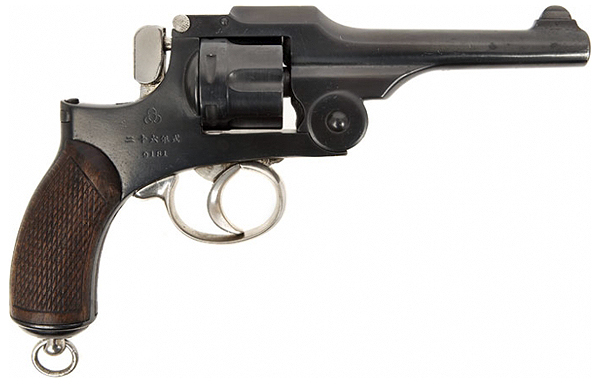
Advertisement — Continue Reading Below
The revolver fired a novel 9mm cartridge, which was similar to the .38 S&W. The top frame hinged open to eject cartridges and load the gun. The side panel was hinged and easy to open for cleaning and lubricating. This was a double-action only gun with the world’s ugliest hammer.
That’s fine, but the cylinder didn’t lock when the trigger wasn’t being pulled. This meant it free-wheeled, so anything could spin the cylinder. It’s a stupid design, to be fair, and the trigger was terrible, and the cartridge anemic.
Experimental Model 2 SMG
I’ll give it to the Japanese military; the Experimental Model 2 SMG had a cool aesthetic. It looked like it came right out of some steampunk dystopia. The Model 2 was designed to address complaints that came from the Model 1. It remained a simple blowback-operated firearm but featured a unique operating system.
Advertisement — Continue Reading Below
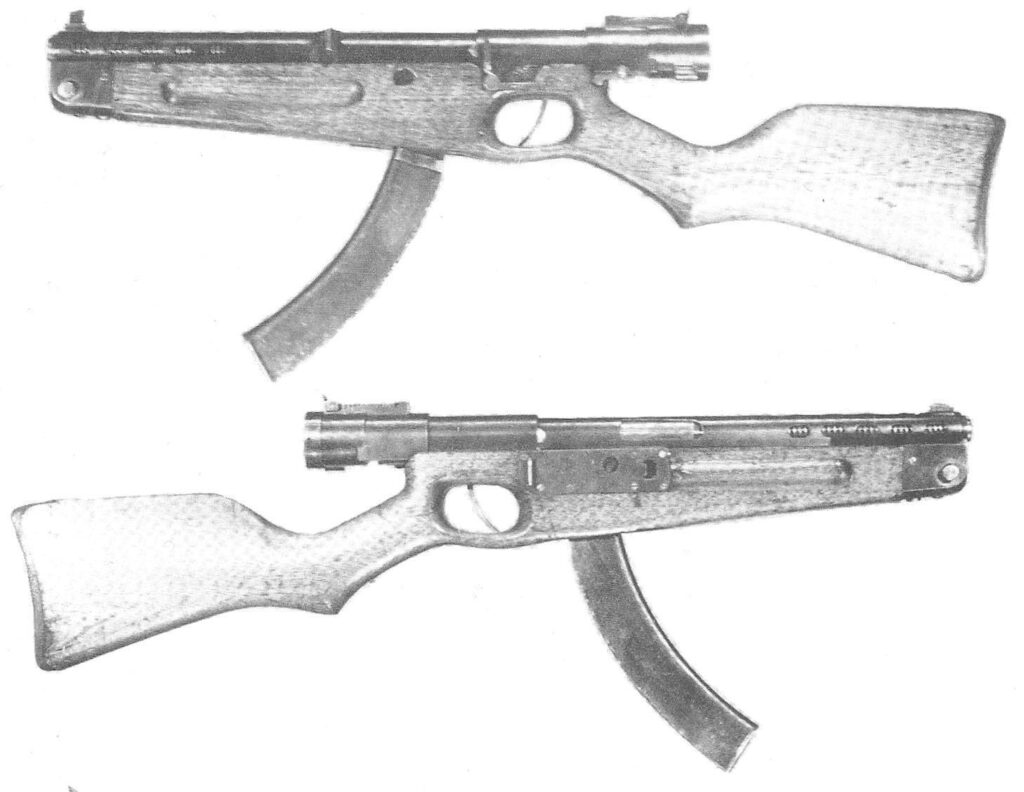
The Model 2 featured a barrel shroud that reciprocated with the bolt as the weapon fired. The return spring was located behind the shroud rather than the bolt. The recoil spring pushed the shroud forward, and it carried the bolt forward. The shroud also acted as the charging handle, which was intrinsically ambidextrous. Some early models even featured a pneumatic buffer that would make B&T jealous.
The Model 2 SMG fired the 8mm Nambu cartridge and came with 30-round magazines, but the 50-round Type 1 magazine would work. Initially, the gun was rejected in 1935, but World War II changed the game. Not many were produced, and only one is known to exist.
Advertisement — Continue Reading Below
Type 11 Light Machine Gun
The Type 11 comes from lessons learned in WWI, namely, machine guns make the right of way. The Japanese saw that a light, easily portable machine gun would be useful, so they designed the most useless version of that gun. The Type 11 was a man-portable machine that weighed 22.5 pounds and fired the 6.5x50mm Arisaka from a 30-round hopper.
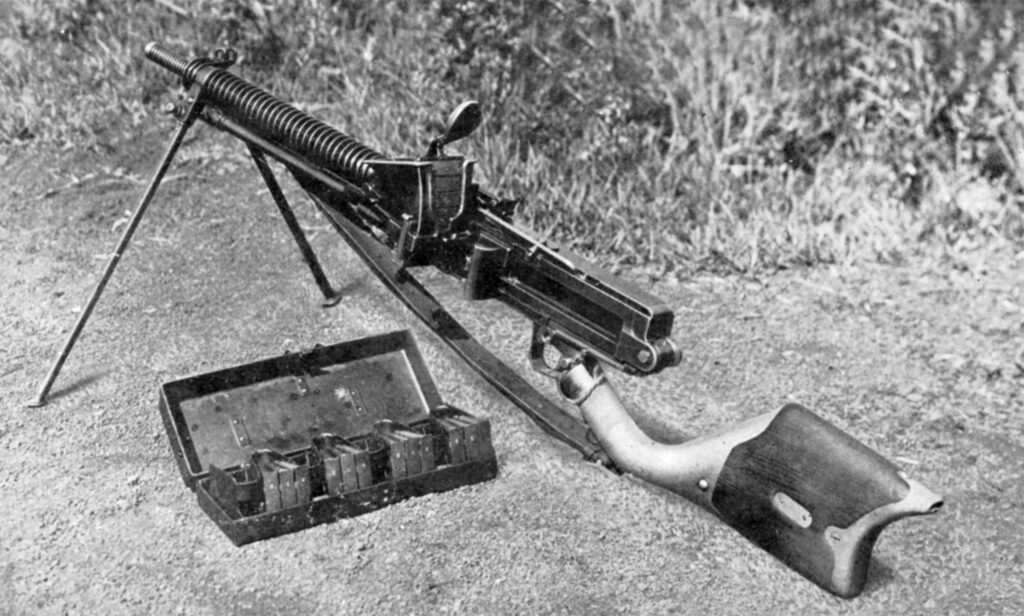
Yep, a hopper, like a paintball gun. The hopper could be removed to be reloaded or reloaded by an assistant gunner. Five-round stripper clips fed the hopper, and they were stacked flat and secured by a spring arm. Rounds were stripped from the lowest clip, and the clips would then eject out the bottom of the gun.
Advertisement — Continue Reading Below
Admittedly, it used the same stripper clips as the infantry rifles fielded by Japanese soldiers. It seemed clever, was slow to reload, and the open hopper made it easy for dirt and debris to enter the hopper and the gun. Also, the buttstock was bent far to the right to compensate for the weight of the gun. Good luck feeding this thing while on the assault.
The Japanese and Their Oddballs
The Japanese military had some truly oddball guns; we aren’t even talking about their oddball features. Like, who puts anti-aircraft sights on a bolt-action battle rifle? Leave it to the Japanese to make that a thing. If you enjoy the weird and odd, and debunking charts to trace the various Japanese battle rifles, then start looking into Japanese weaponry of WWII.
Advertisement — Continue Reading Below


